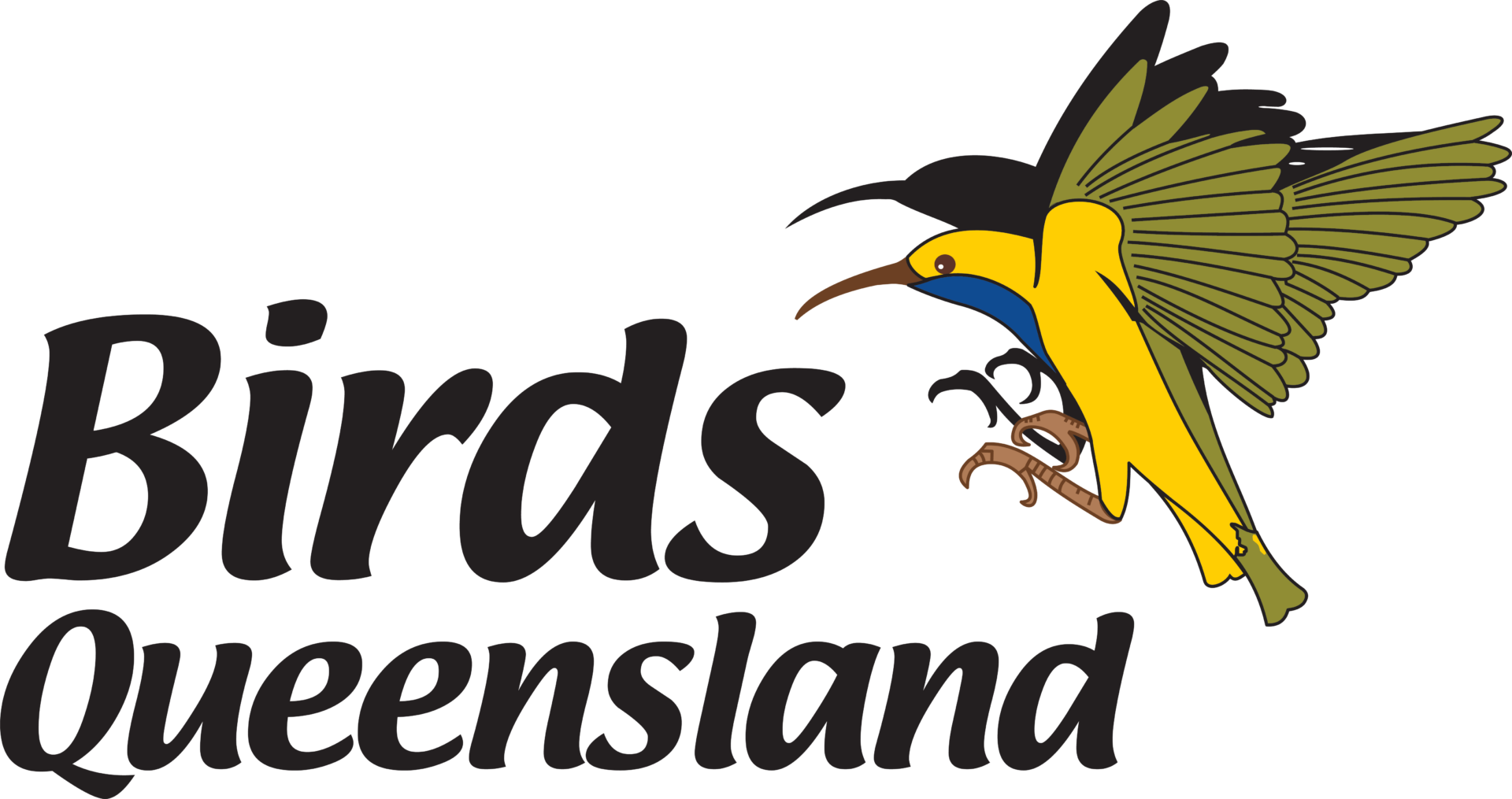When I first sighted the Red- capped Flowerpecker (Dicaeum geelvinkianum), I was immediately captivated by this diminutive jewel with bright scarlet head markings as it went about its busy feeding activities. I was on Saibai Island with a tour group of enthusiastic birders eager to add some exotic-sounding ticks to their list on this far-flung part of Australia. To be sure, the remoteness of the location and the difficulty of seeing this elusive bird in the dense, dark forest dominated by the tallest mangroves I have ever seen also probably contributed to my initial impressions of the importance of this bird species to me as being totally out of proportion to its size.

This tiny bird (about 51-55mm), not much bigger than a Weebill (Australia’s smallest bird) has recently been confirmed as resident in Australia on Saibai Island and Boigu Island, in the northern Torres Strait, close to the New Guinea mainland (Clarke and Ewan 2013). The presence in the northern Torres Strait is a southern outlier of a more widespread distribution in New Guinea and nearby islands (Birdlife Australia 2023). Red-capped Flowerpecker is a close relation of the more familiar Mistletoebird (Dicaeum hirundinaceum) that has an extensive distribution in Australia but is not found in New Guinea. The distributions of these two Flowerpecker species do not overlap in Australia (Birdlife Australia 2023).
The plumage of the adult male is particularly striking, with a vivid scarlet cap on the forehead. Otherwise, the wing and back plumage appeared to be similar to the familiar black/grey of the Mistletoebird, together with a similar scarlet breast. The few females that have been observed are dark olive above and pale olive-grey below. Juvenile individuals are superficially similar to adult females.
On Saibai and Boigu islands, the habitat of this species is primarily mangroves and vineforest (Birdlife Australia 2023, Clarke and Ewan 2013). Within this habitat, the Red-capped Flowerpeckers are most often observed alone or in small groups (HANZAB 2023). It is extremely active in the middle to upper part of the canopy, but very difficult to observe. The common call is not well known but has been described as a buzzing insect-like “bszzrt”.
Although information on the natural history of Australian populations of the species is relatively scarce, most recent observations indicate the behaviour resembles that of the Mistletoebird (Clark and Ewan 2013). For instance, we do know that the diet of the Red-capped Flowerpecker consists primarily of fruit and insects (Birdlife Australia 2023). Like the Mistletoebird, it appears to be particularly fond of mistletoe and has been recorded as feeding on mistletoe in mangroves on Saibai Island (Clarke and Ewan 2013).

Breeding has been recorded on both Saibai Island and Boigu Island. Based on information from New Guinea, the nest is a suspended pear-shaped pouch, c. 100 mm long and 45 mm across, with side entrance 17 mm wide near top, made from grey animal silk and plant fibres (Birdforum Opus Contributors 2024; Clarke and Ewan 2013); it lays a clutch of 2–3 white eggs; egg laying recorded in March, November and December. (Clarke and Ewan 2013; Cheke et. Al. 2020).
The Red-capped Flowerpecker – small, but perfectly formed.
References
- BirdForum Opus contributors. (2024) Red-capped Flowerpecker. In: BirdForum, the forum for wild birds and birding. Retrieved 10 March 2024 from https://www.birdforum.net/opus/Red-capped_Flowerpecker
- BirdLife Australia (2023). HANZAB Contents. Source: https://hanzab.birdlife.org.au/hanzab-taxonomic-structure/ Accessed: March 11, 2024, Time Zone: +10:00
- Clark R.H & Ewan J.G (2013) Red-capped (Papuan) Flowerpecker Dicaeum geelvinkianum calls Australia home. Australian Field Ornithology 30: 57-66
- Cheke, R., C. Mann, and A. Bonan (2020). Red-capped Flowerpecker (Dicaeum geelvinkianum), version 1.0. In Birds of the World (J. del Hoyo, A. Elliott, J. Sargatal, D. A. Christie, and E. de Juana, Editors). Cornell Lab of Ornithology, Ithaca, NY, USA. https://doi.org/10.2173/bow.recflo1.01


